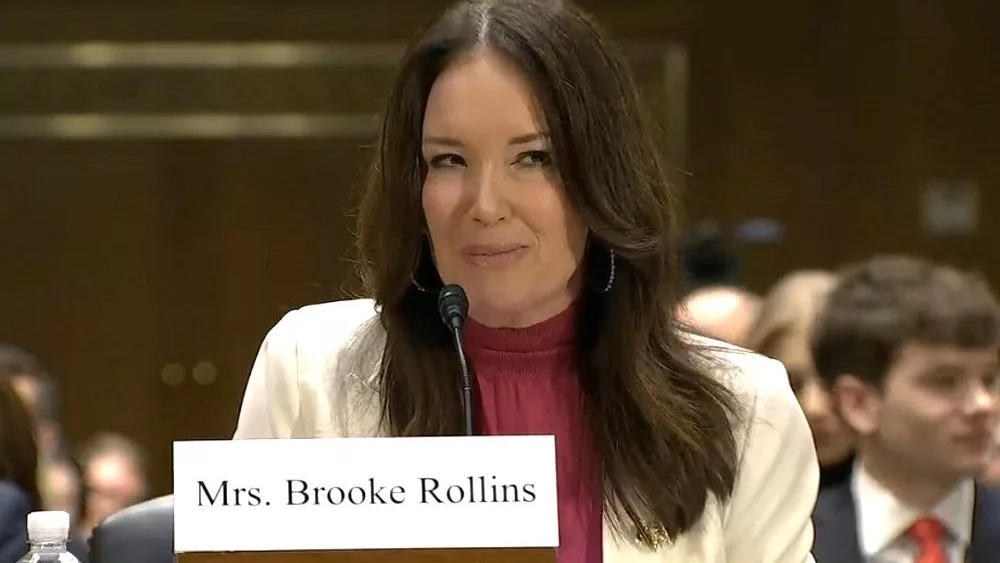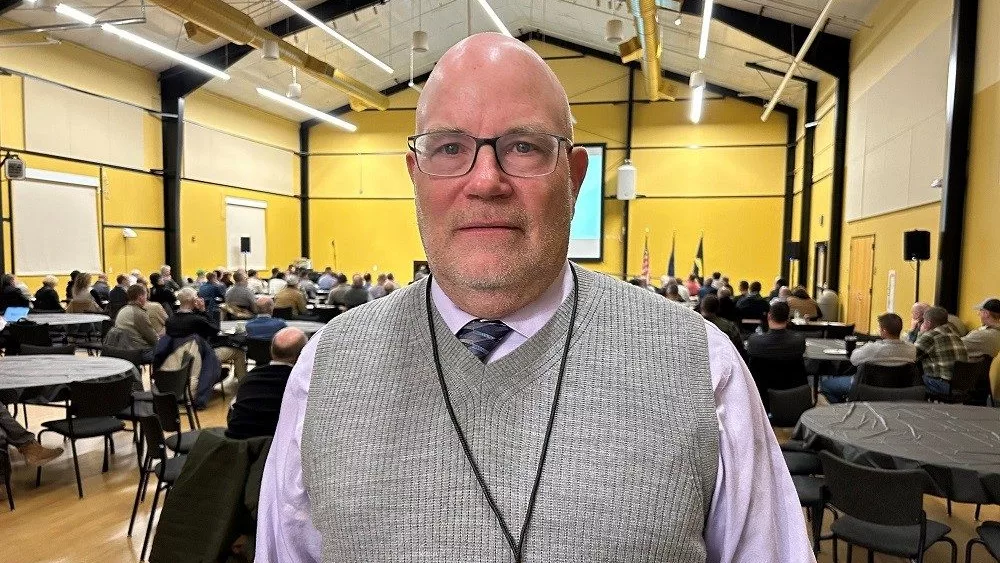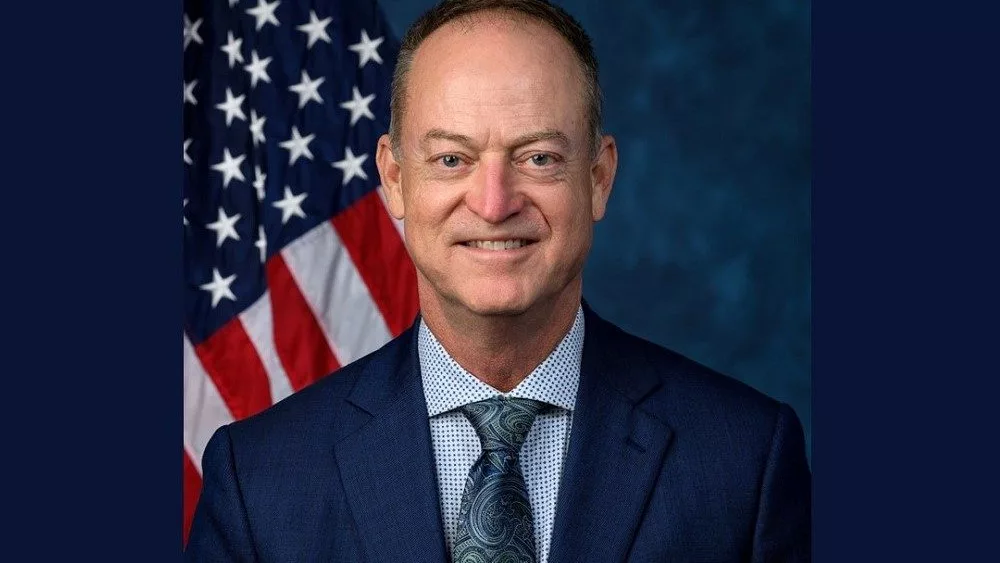Weather has remained cooperative, and, for many, harvest is either complete or rapidly approaching the finish line. North Central Indiana Pioneer agronomist Brian Early says it’s time to start prioritizing fall fertilization and fall applied herbicides.
Early believes there’s not a lot of dry fertilizer going on this year with the economics being what they are, but he’s encouraging you to consider a fall potash application.
“There’s been some work by North Dakota State, and Purdue as well, showing the difference between fall fertilization of potash and spring. Because potash is potassium chloride, when those separate in the soil, our crops don’t need the chloride. Chloride’s not something we want in the soil, so getting that on in the fall makes a pretty good buffer between blending in the spring has unlocked some bushels. So, where people might not be thinking about putting on some fertilizer on some ground that you know is going to soybeans next year, I would probably think pretty hard about getting some potash on in the fall.”
Weeds are always every farmer’s battle. Early says that this year, like previous years, really showed the value of getting something on in the fall.
“You don’t have to spend a lot of money to knock out those winter annuals. Those winter annuals are a bridge that keeps this nematode going well into the season when it’s warm like this, and then they just keep the soil wet and moist and cold in the spring. So, by knocking them out, you get nice warm soils. The other thing is a lot of the programs, the fall programs, there’s a little bit of residual in some of those products. So, you can keep some of your weeds at bay and it’ll give you some pretty nice flexibility getting into even the post applications on corn or beans next year when you get into late May or early June.”
Hear the full HAT interview with Early at hoosieragtoday.com. You can get in touch with your Pioneer representative to start putting a plan together for next year by visiting pioneer.com/findmyrep.





